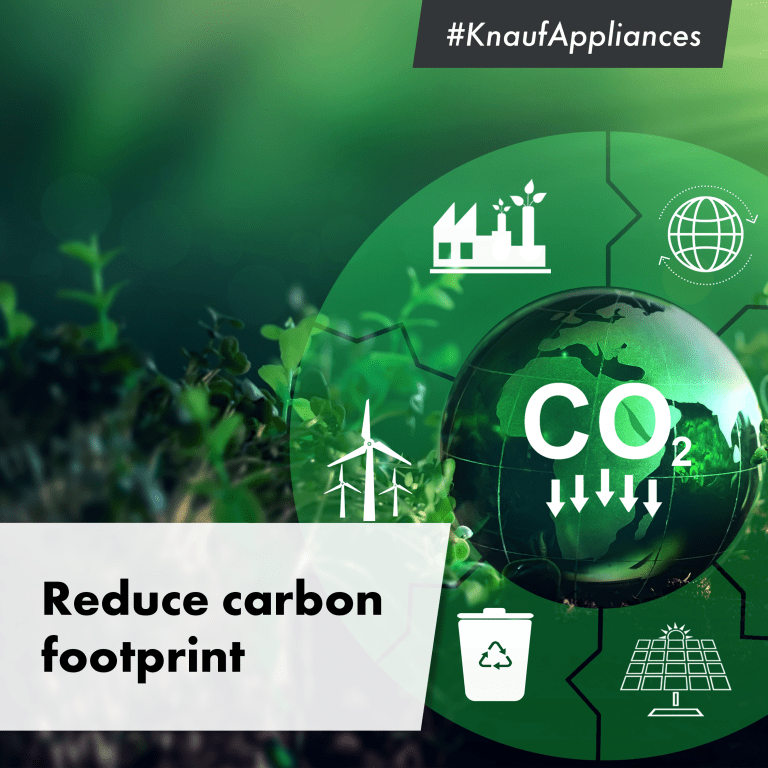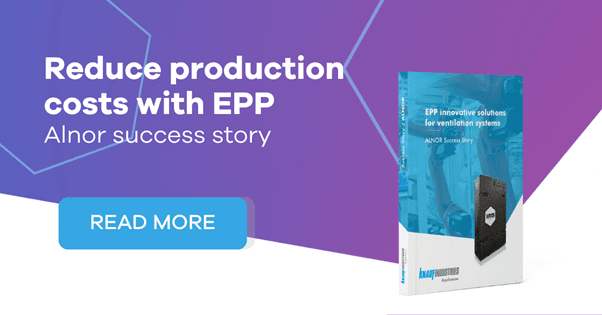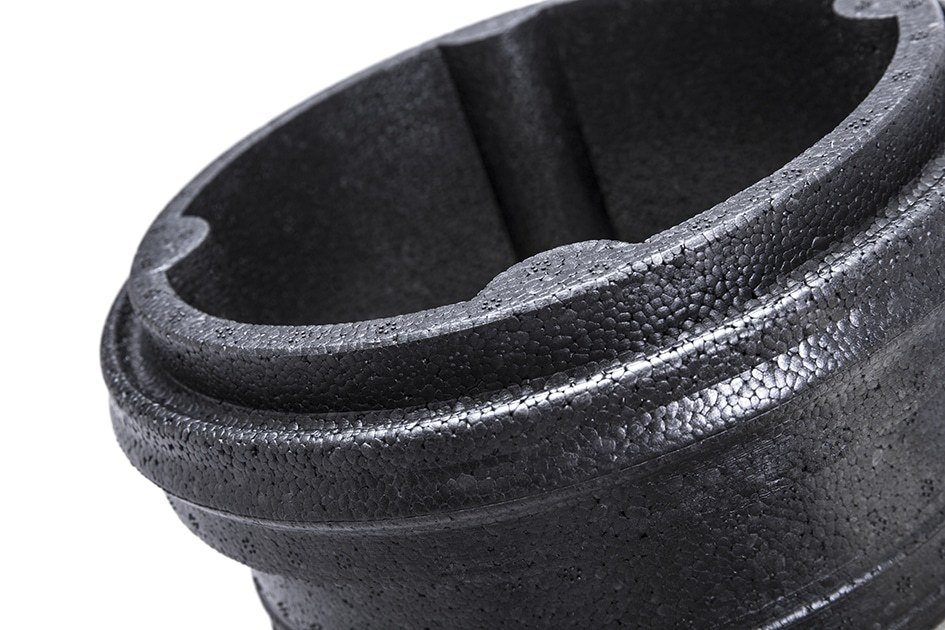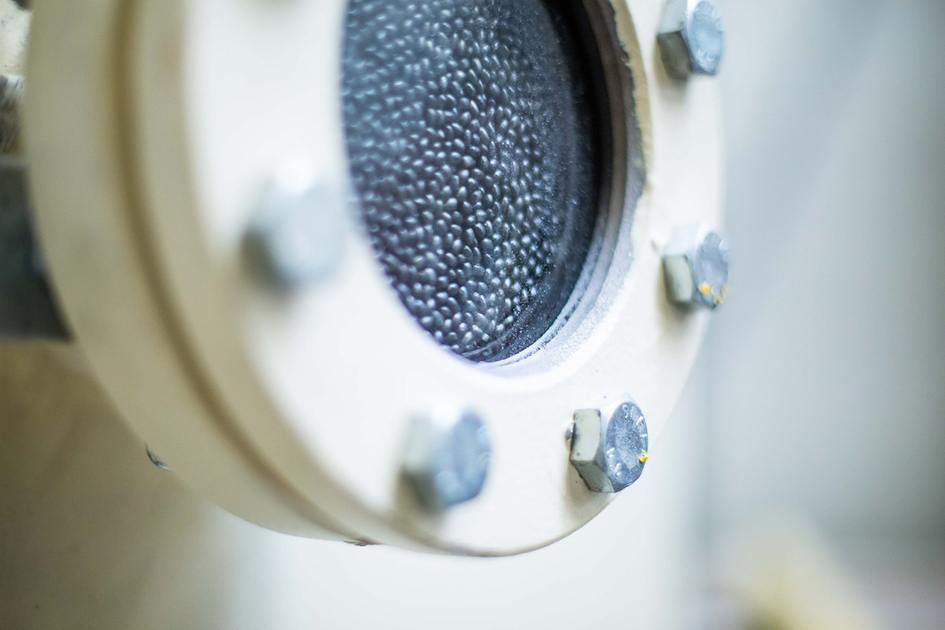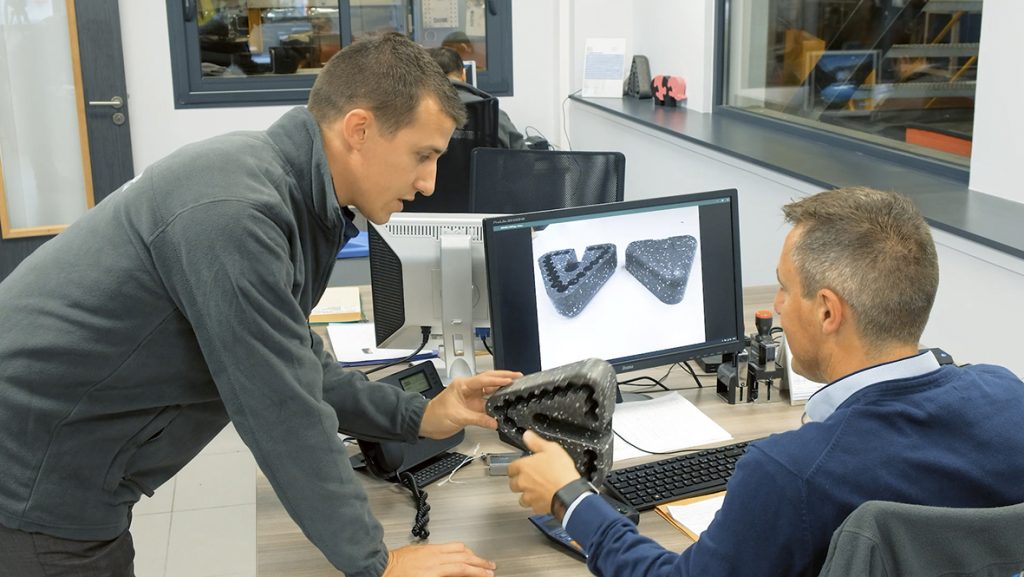Reducing the carbon footprint has become a priority in recent years given the rapid increase in greenhouse gas (GHG) emissions, which reached record levels in 2021 and already accounts for 60% of man’s total impact on the environment.
There is no doubt that it is urgent to look for alternatives to curb the harmful repercussions that human activity is causing on the planet and one of these ways is to bet on the use of materials such as Expanded Polystyrene (EPS), which, being 98% air and 100% recyclable, is an ideal option to reduce the carbon footprint.
What is the carbon footprint and how is it measured?
Let’s start at the beginning: what exactly is a carbon footprint? This is an environmental indicator that quantifies greenhouse gas emissions generated directly or indirectly by an individual, a group or an activity.
The concentration of these gases in the atmosphere causes global warming, the greatest environmental challenge of the moment, hence having a metric to quantify this impact is of vital importance for the implementation of measures against climate change such as the Paris Agreement.
Of all GHGs, carbon dioxide (CO²) is the most abundant and the largest contributor to the carbon footprint. This is why it is used as the unit of measurement of the carbon footprint, as it is computed in mass of CO² equivalent (CO²e or CO²eq).
The formula for calculating the carbon footprint is very simple, since it is only necessary to multiply the activity or consumption data by the corresponding emission factor:
Carbon Footprint = Activity Data x Emission Factor
It is important to point out that within the activity data, three types of emissions should be taken into account:
- Direct emissions produced by own or controlled sources.
- Indirect emissions related to energy purchased from third parties.
- Indirect emissions generated as a result of the organization’s activity.
The carbon footprint of plastic
Plastic made from fossil fuels became widespread shortly after World War II, a period of scarcity of natural raw materials that prompted the search for synthetic alternatives. Since then, it has become a ubiquitous material and its use has increased exponentially decade after decade. So much so that, according to a new OECD report, global plastic waste generation will triple by 2060 if no imminent action is taken.
These data are alarming, as plastic production generates a significant carbon footprint. Specifically, for every kilogram of fossil-based plastic produced, between 1.7 and 3.5 kilograms of CO² are emitted. As a result, the carbon footprint of plastic has doubled since 1995.
You might also be interested in: Types of plastic and industrial regulations
Reducing carbon footprint: a challenge for all industries
Reducing the carbon footprint is a pending issue for all industries, but it is especially relevant for the most polluting ones. The transport sector tops the list, generating around 27.7% of global CO2 equivalent emissions, followed by industry (21.4%), agriculture and livestock (14.1%), electricity generation (10.3%), construction (8.2%) and waste (5.1%).
In total, 36.3 billion tons of CO² equivalent were emitted worldwide in 2021, 6% more than in 2020. For this reason, governments are exerting increasing regulatory pressure to make companies aware of the importance of reducing their emissions.
All this pressure has resulted in a significant increase in the number of companies calculating their carbon footprint. In Europe, this figure has increased by 80% in the last 5 years, according to the report Putting a price on petrol. While quantifying emissions is the first step, the ultimate goal must undoubtedly be to establish an action plan aimed at reducing the carbon footprint.
Reducing carbon footprint using EPS
A good way to take action and start reducing the carbon footprint is to use alternative materials to conventional plastic that are recyclable and whose production generates significantly fewer emissions. This is the case of EPS.
EPS sustainability
The sustainability of EPS is one of its most outstanding qualities and makes it a good choice for traditionally polluting areas such as packaging and construction.
But what makes EPS a sustainable material? There are 4 fundamental characteristics:
- Energy savings: EPS manufacturing uses less than 0.1% of the world’s crude oil as raw material and, in contrast, can save 200 times more thermal energy. In addition, it does not damage the ozone layer and its transformation process does not generate waste.
- Lightweight: being 98% air, EPS is one of the lightest materials on the market, which shortens construction times with associated emissions. In addition, its light weight translates into a reduction in the fuel consumption required for transportation.
- Insulating properties: due to its closed-cell structure, which inhibits the passage of heat and cold, EPS is an excellent thermal insulator. This results in significant energy savings in temperature control systems.
- Recyclability: EPS is a 100% recyclable material and, as it does not tend to degrade or deteriorate, it is ideal for recovery and recycling.
EPS recycling to reduce carbon footprint
To reduce the carbon footprint as much as possible, it is not enough to use expanded polystyrene to the detriment of other polluting materials; it is necessary to go a step further and recycle it. There are several methods of EPS recycling, both mechanical and chemical, that allow the material to be given further life. Some of the most commonly used are shredding and subsequent mixing with virgin raw material, briquetting, melting or CreaSolv. Another positive factor is that most of these processes require few resources, for example, EPS recycling consumes 91% fewer resources than paper recycling.
Reducing the carbon footprint of your logistics by optimizing your packaging
Until relatively recently, the variables that companies took into account when choosing the packaging for their products were basically the cost of the packaging and the degree of protection it offered. Recently, however, a new variable has been added to the equation: sustainability.
Thus, more and more companies are trying to make a good logistics management, as it allows them to save costs, improve their efficiency, reduce the amount of materials used and, of course, reduce the carbon footprint.
Carbon footprint reduction occurs in two ways. On the one hand, the use of lightweight materials such as EPS results in a significant reduction in the weight of the goods, which significantly reduces the energy consumption derived from their transport. On the other hand, the choice of single-material packaging greatly facilitates its recycling, saving large volumes of emissions in these processes.
How Knauf devices can help you reduce your carbon footprint
At Knauf Industries, carbon footprint reduction is a central objective throughout the life cycle of our products. This is why the circular economy is very much present from start to finish, i.e. from the design phase and choice of materials to the reincorporation of these already recycled materials in new production processes, including optimal packaging design and logistics planning.
In addition, the durability of the materials we use extends the useful life of our products, thus reducing their replacement rate and associated energy costs.
In this way, we manage to close the circle and reduce our carbon footprint at the same time that we get our customers to reduce theirs.
If you want to reduce your company’s carbon footprint and want to receive personalized attention, contact us: our team will help you find the solution that best suits your business.
